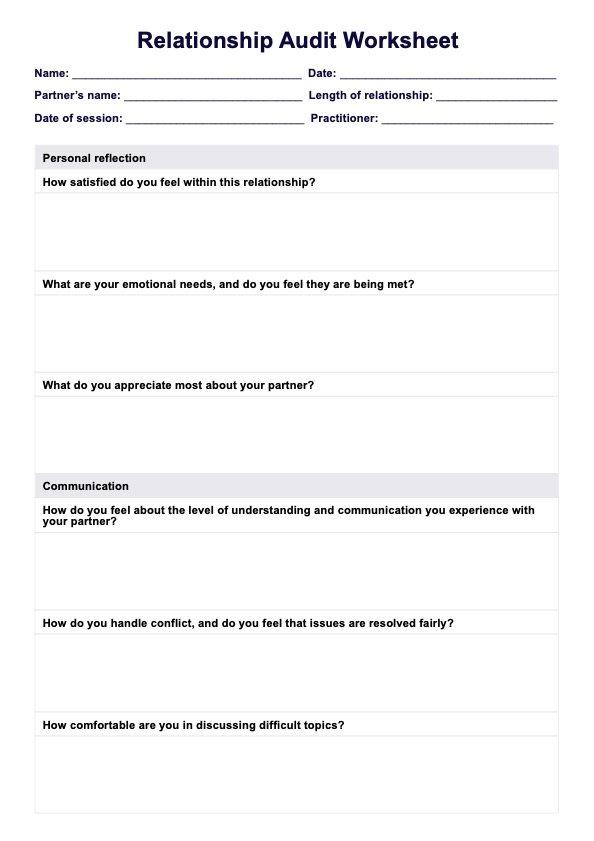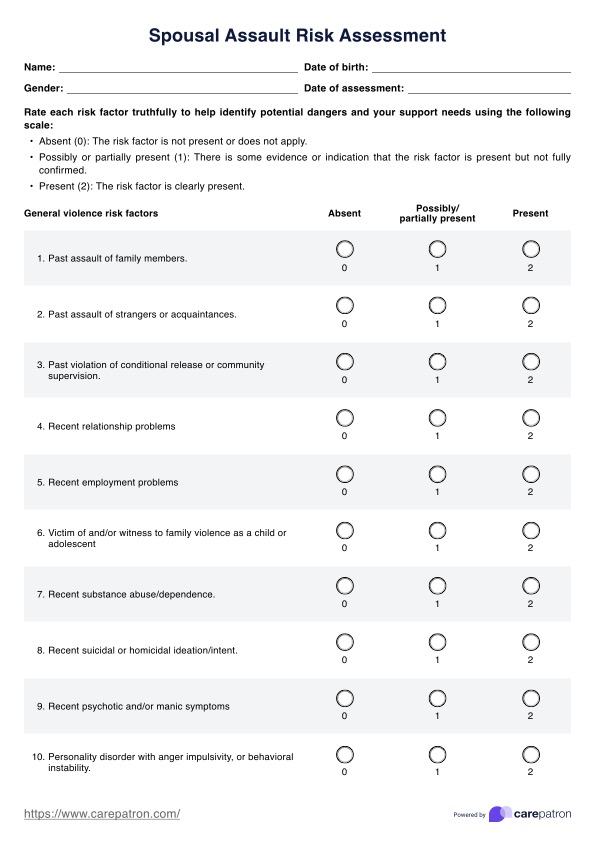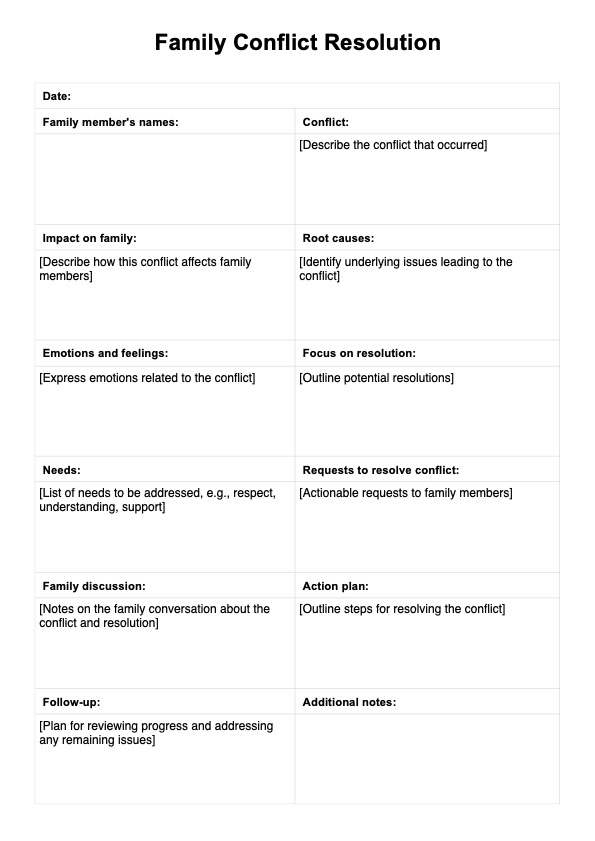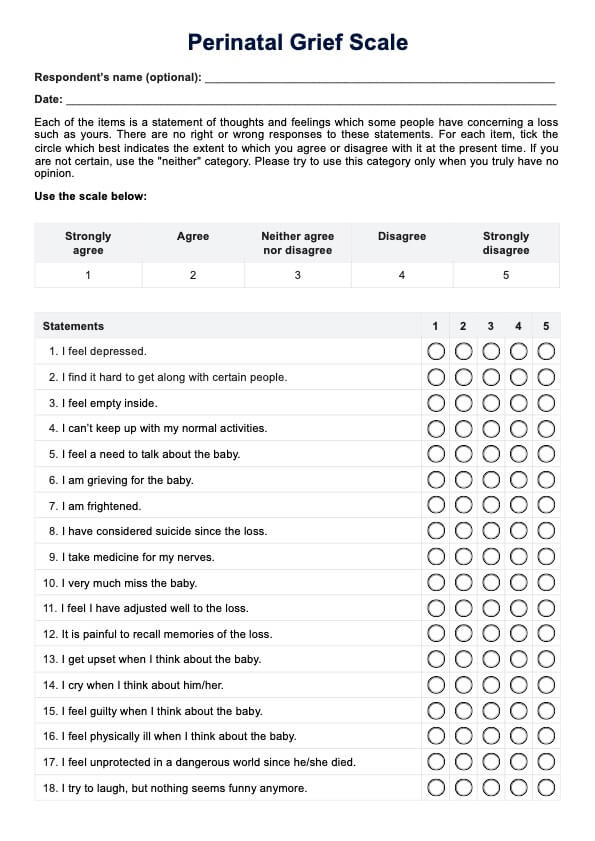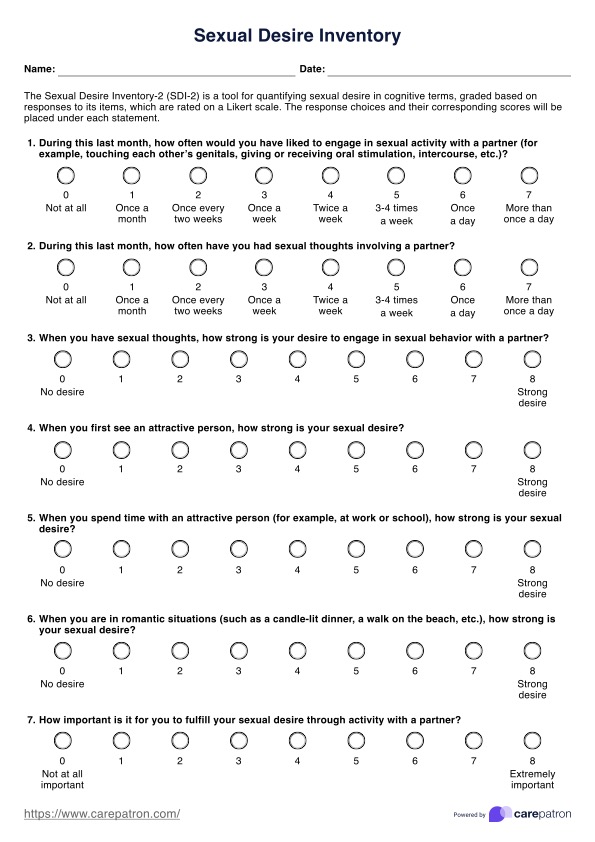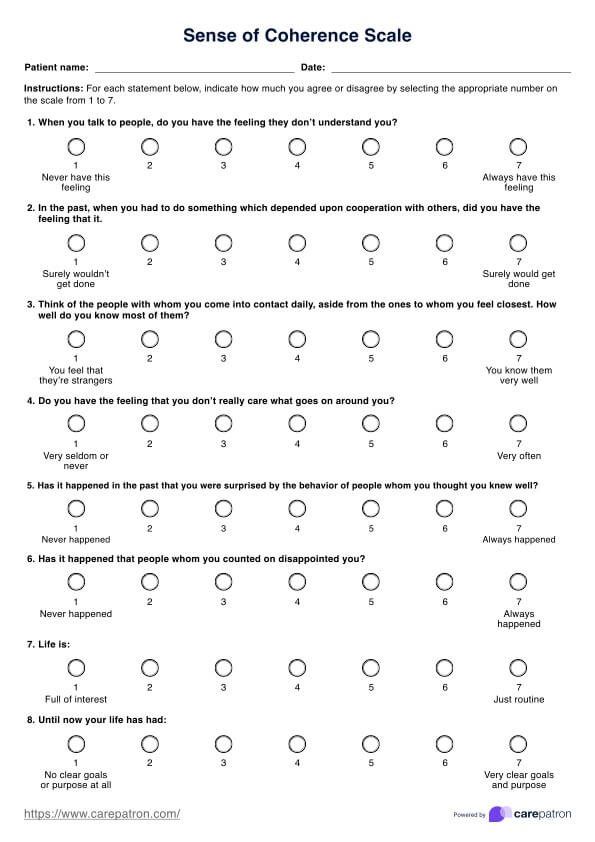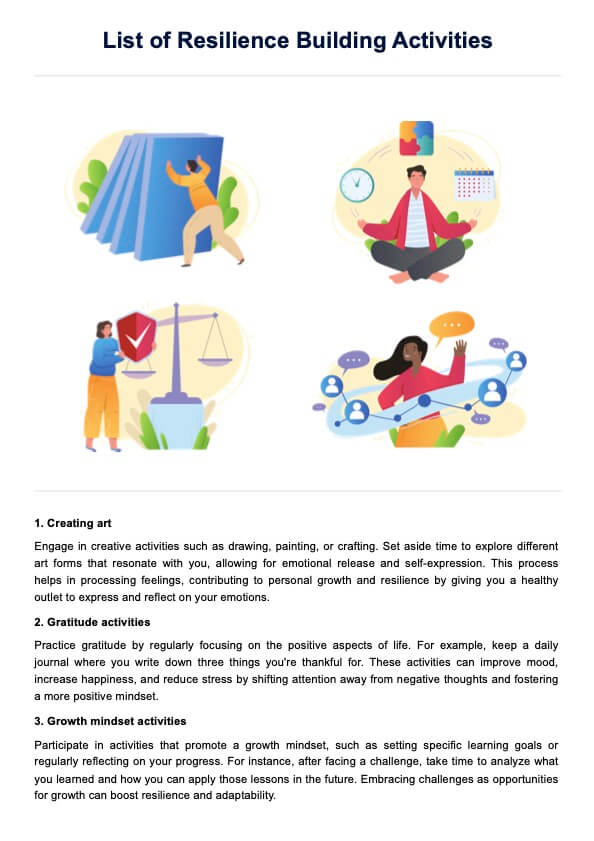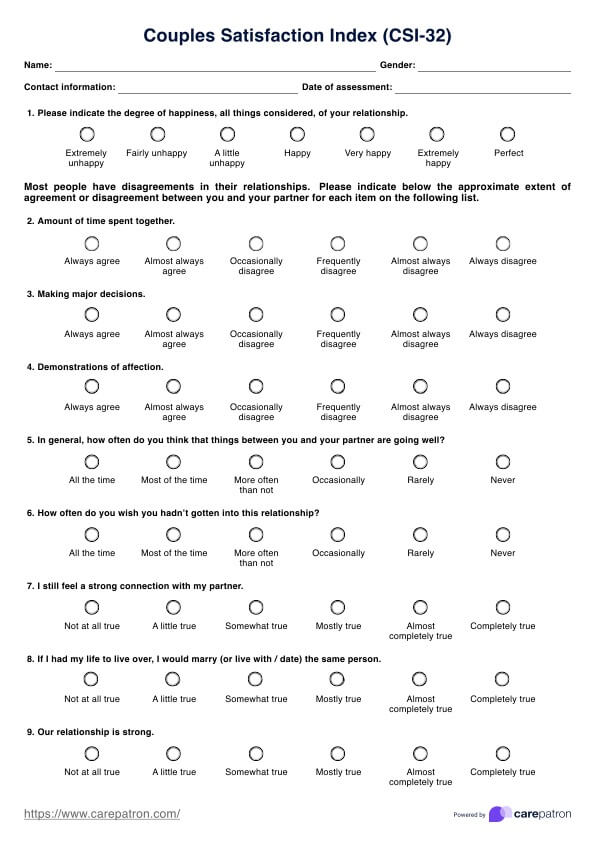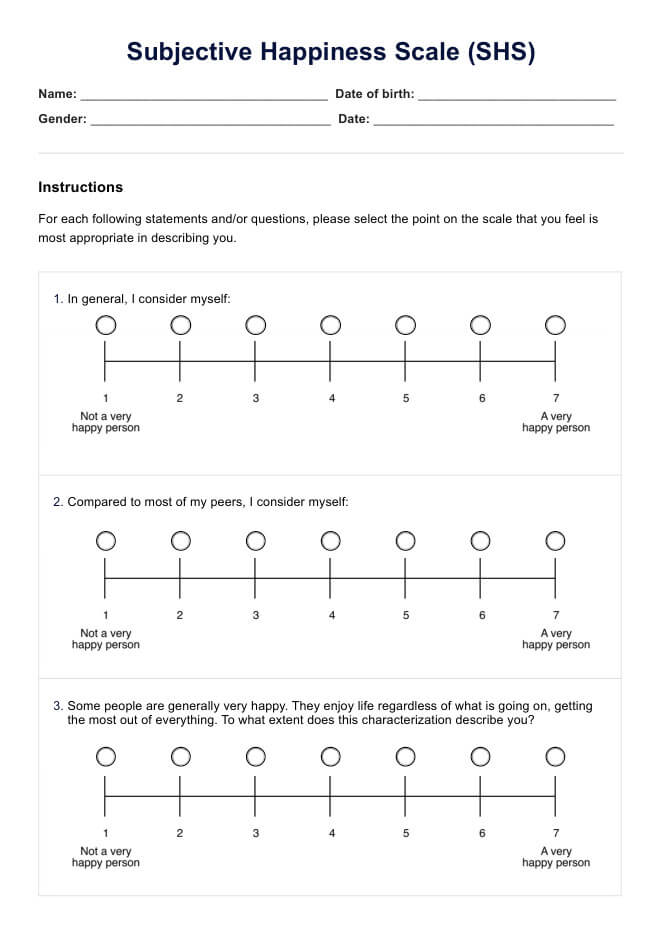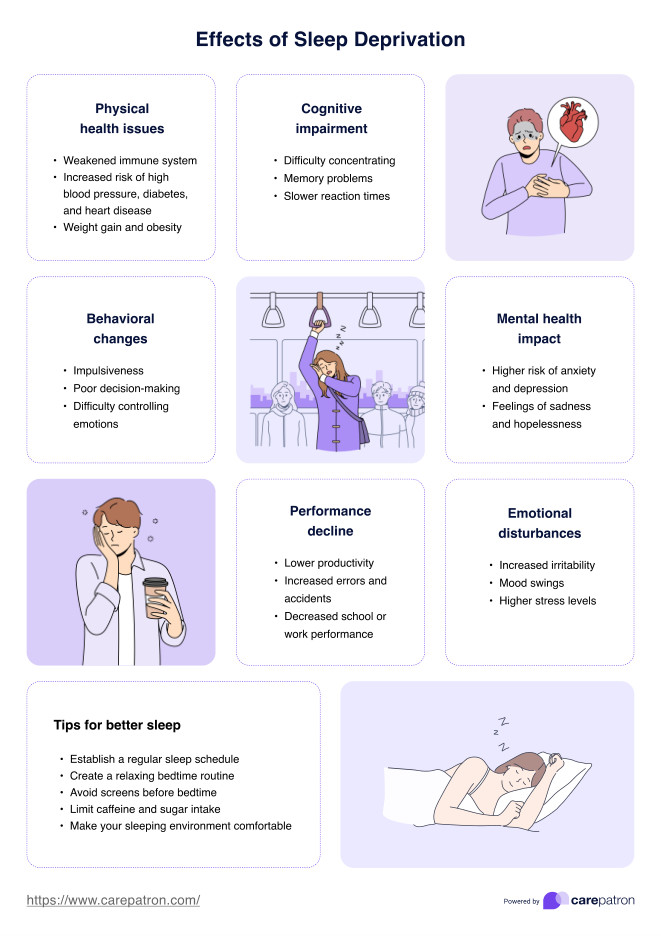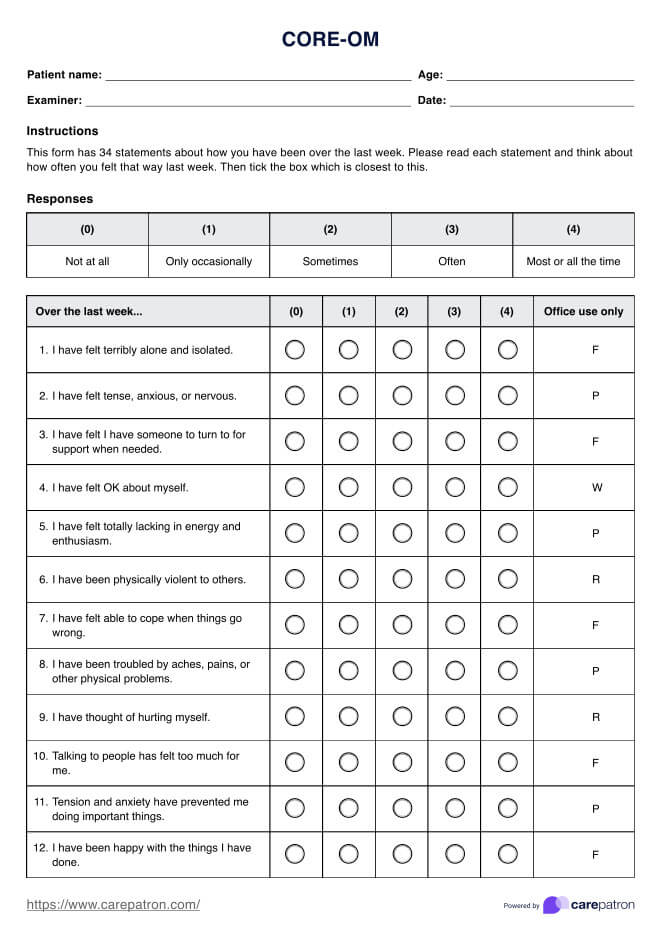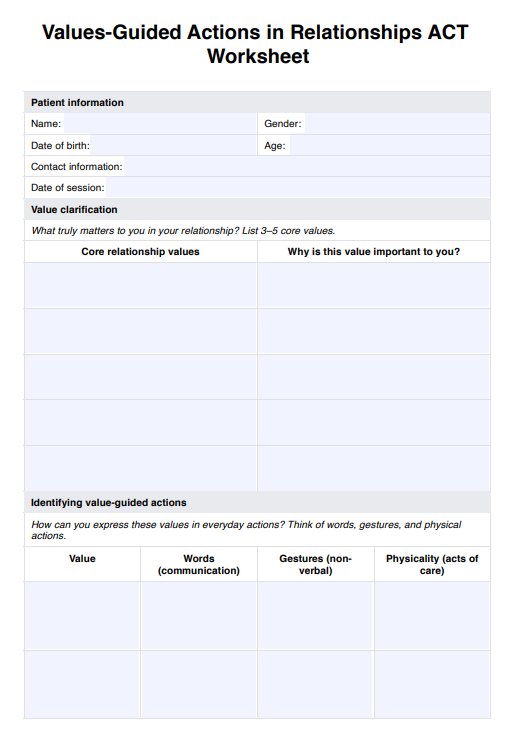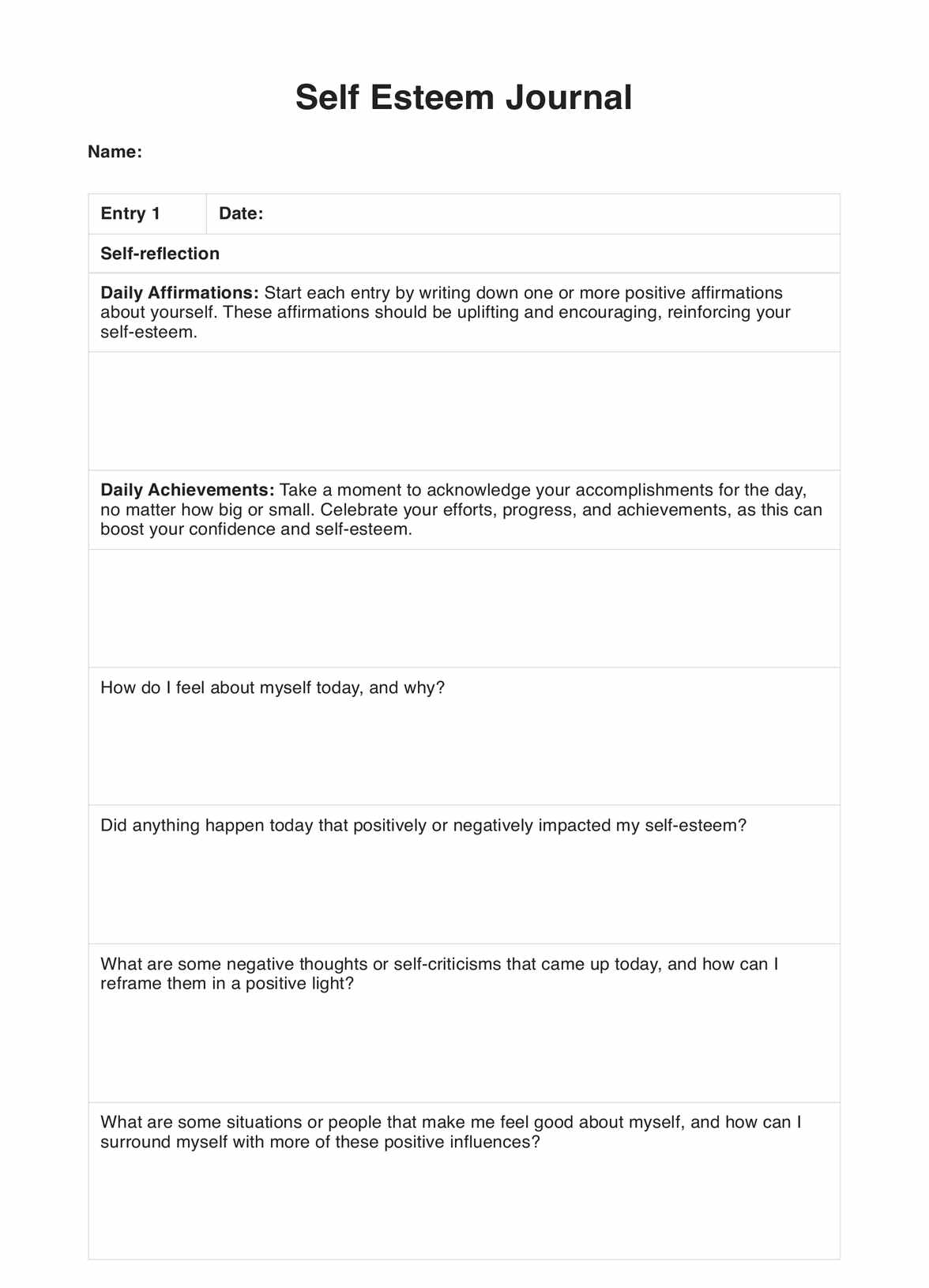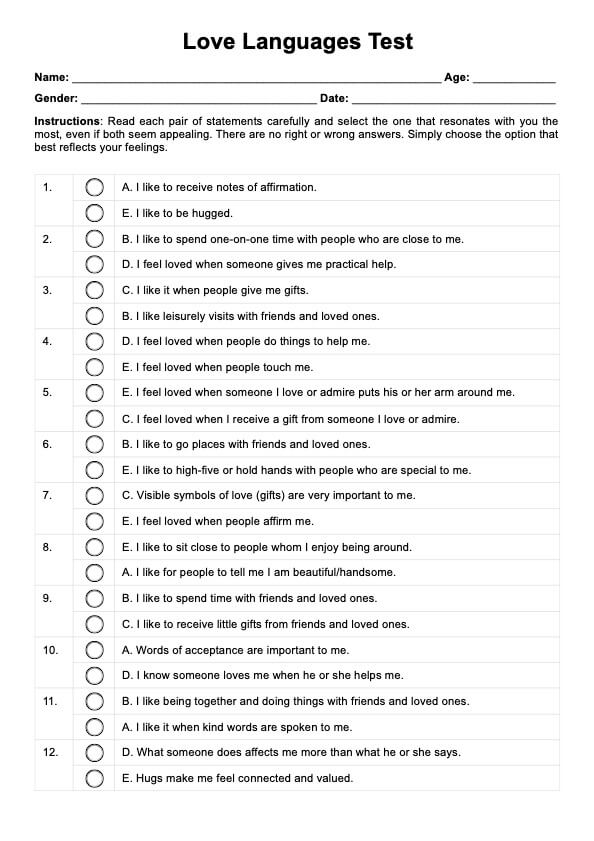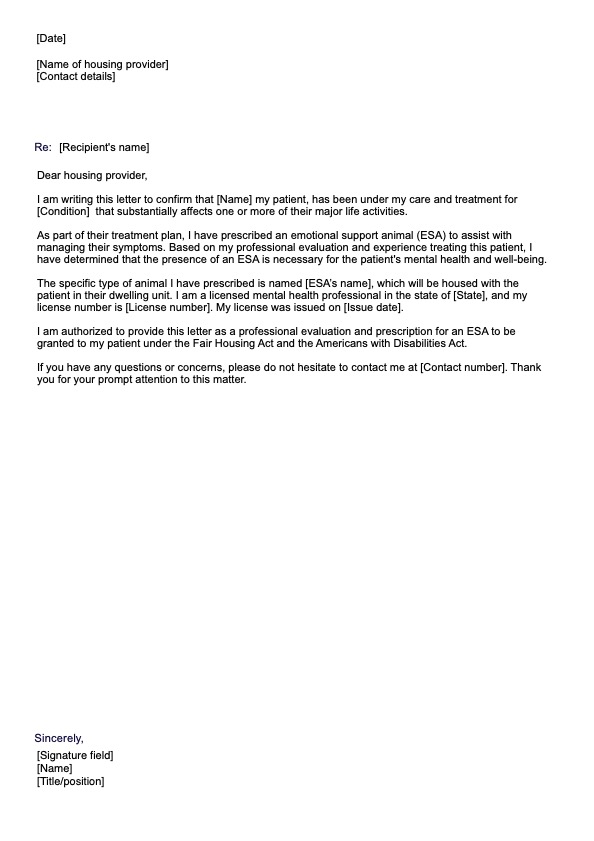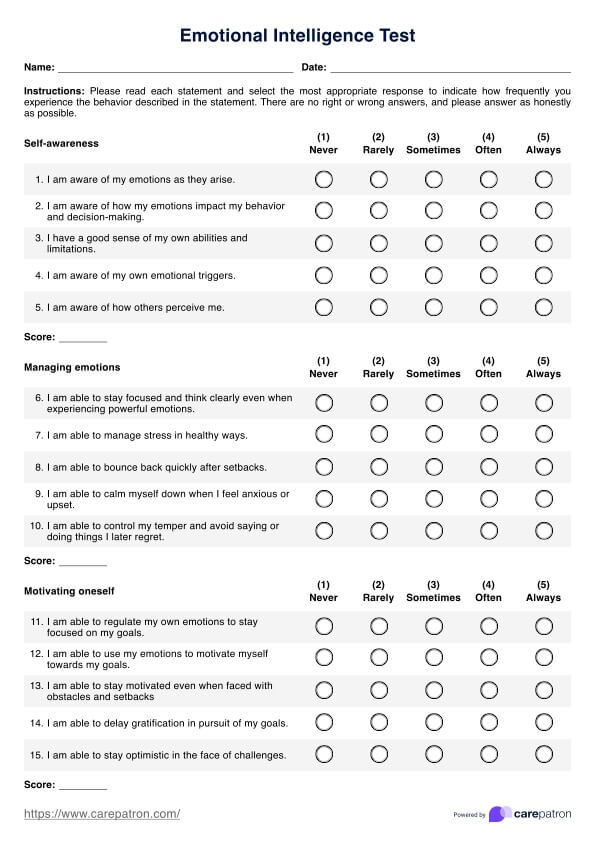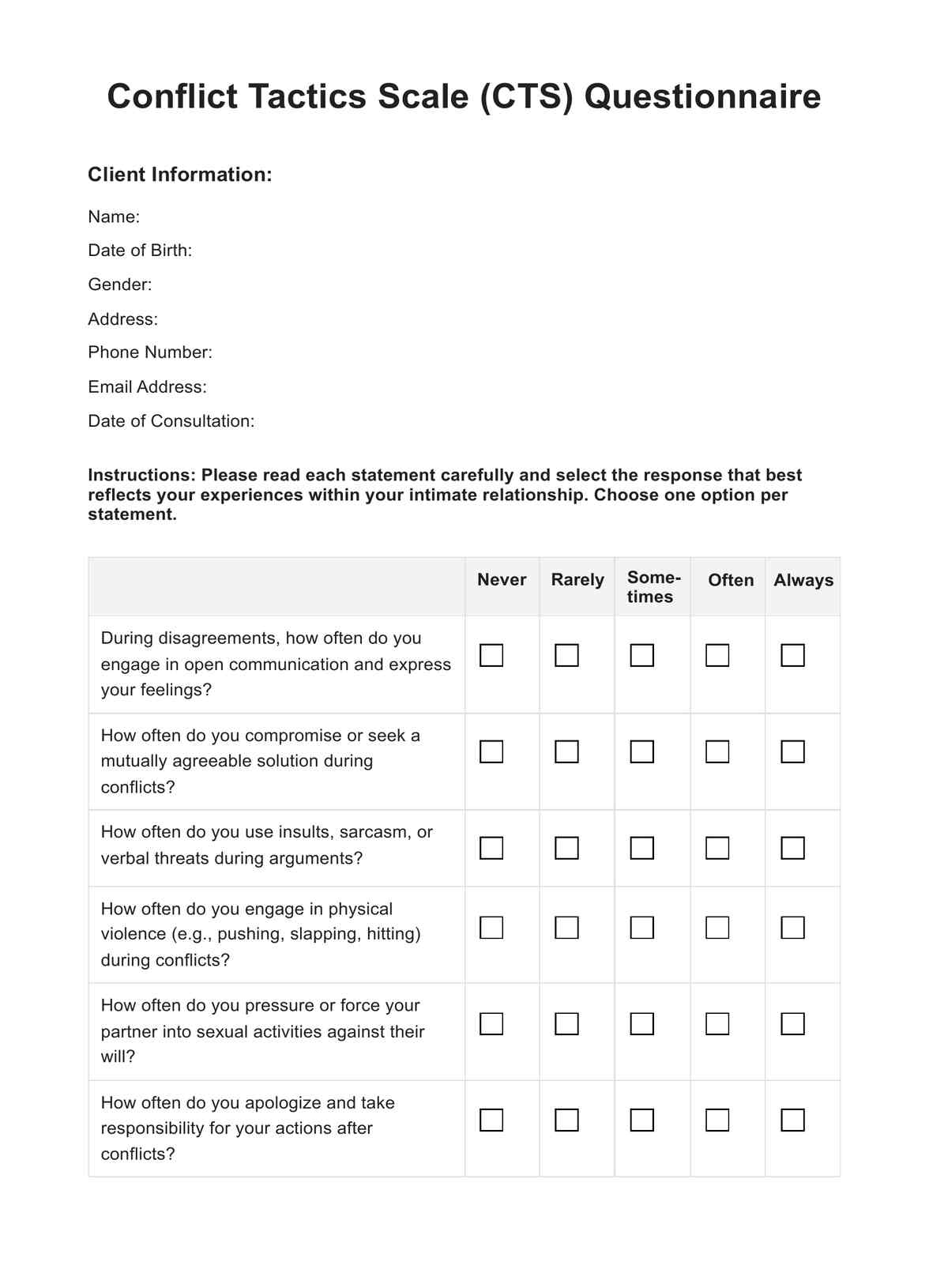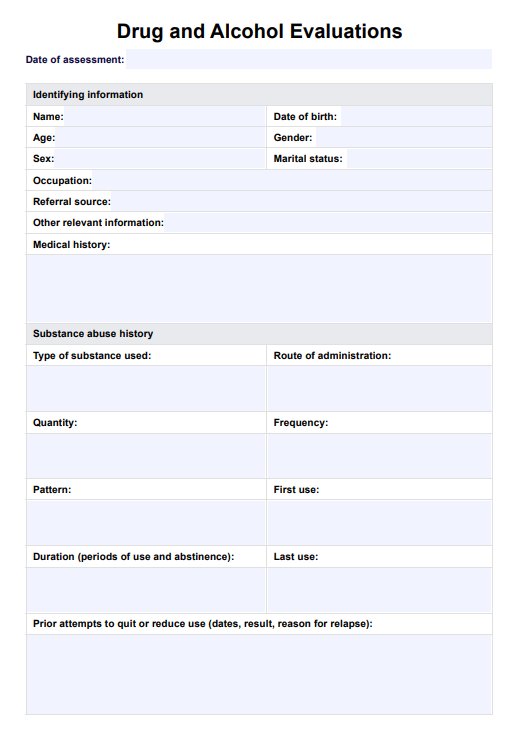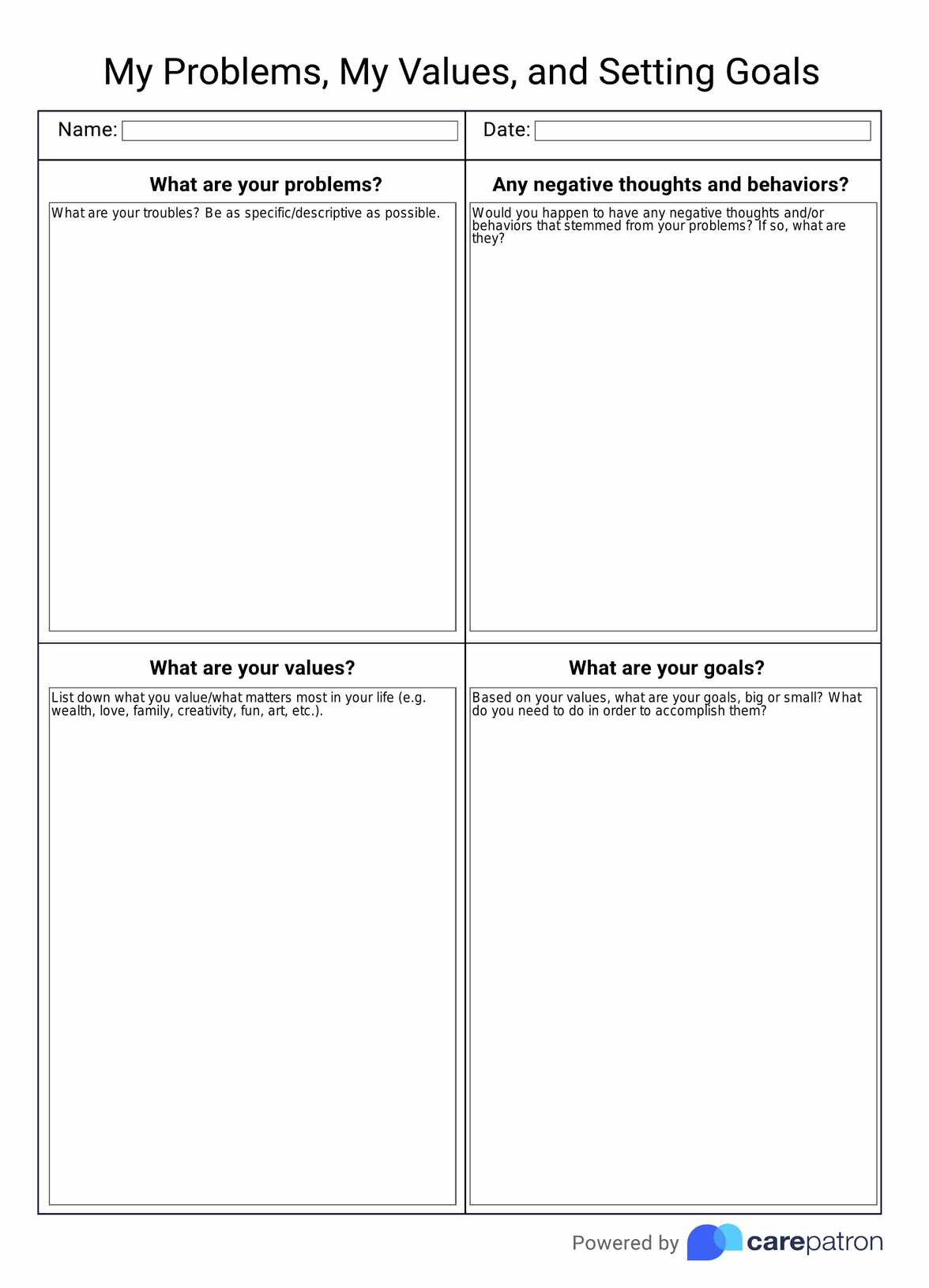Healthy Boundaries Worksheet
Build healthy relationships and set healthy boundaries with our comprehensive Healthy Boundaries Worksheet. Download for free!


What are boundaries?
Boundaries are essentially guidelines. They are invisible lines we draw that define how we want to be treated by others. These guidelines can encompass various aspects of our lives, influencing our physical space, emotions, time, energy, and even possessions. They act as a marker of a safe space—of what is acceptable and unacceptable behavior toward us, helping to establish healthy boundaries and appropriate behavior in different contexts.
Boundaries can be physical, emotional, or psychological. They also help define personal space, privacy, and the level of intimacy or closeness individuals are comfortable with in different situations and relationships. In fact, setting boundaries is a form of self-care. Understanding and maintaining personal boundaries is crucial to building a healthy relationship with others, whether that's a romantic relationship, within a family dynamic, or in clients’ professional lives.
People with violated boundaries may experience various issues, such as feelings of resentment, anger, or victimization. On the other hand, those with rigid or overly strict boundaries may struggle with intimacy or forming meaningful connections with others.
Healthy Boundaries Worksheet Template
Healthy Boundaries Worksheet Example
How to use our template?
Once you obtain a copy of our Healthy Boundaries Worksheet template or setting boundaries worksheet, which can further assist your client in setting healthy boundaries, here's a brief step-by-step on how to make the most out of the template:
Step 1: Familiarization
The worksheet includes a table with categories and areas where clients can write down their personal boundaries and specific action plans. It's best that they familiarize themselves with the content by reading the explanation at the bottom of the resource.
Step 2: Completion
After the client understands the content, they can complete the worksheet by following the instructions in the template. As their doctor, you are free to provide prompts or assistance should they need any.
Step 3: Discussion
When the patient is done, you and the client can discuss what they've written down. This part is crucial as you can identify if any parts need further clarification or suggestions so you may intervene as needed.
Ways to set healthy boundaries
Setting healthy boundaries is a crucial skill for maintaining well-being and fostering positive relationships. Here are effective strategies for establishing and maintaining healthy boundaries:
- Self-awareness: Encourage individuals to reflect on their values, needs, and limits. This self-understanding forms the foundation for setting appropriate boundaries.
- Clear communication: Teach the importance of expressing boundaries clearly and directly. Use "I" statements to convey personal needs and limits without blaming or criticizing others.
- Practice saying "no": Help individuals understand that it's okay to decline requests or invitations that don't align with their values or current capacity. Saying "no" respectfully is a crucial boundary-setting skill.
- Consistency: Emphasize the importance of consistently enforcing boundaries. Inconsistency can lead to confusion and may encourage others to disregard established limits.
- Respect for others' boundaries: Highlight the reciprocal nature of boundaries. Respecting others' boundaries creates an environment where one's own boundaries are more likely to be respected.
- Start small: Encourage starting with smaller, less challenging boundaries before tackling more significant issues. This approach builds confidence and skills gradually.
- Use "boundary statements": Teach the use of clear, concise statements that express boundaries. For example, "I'm not comfortable with that" or "I need some time alone".
- Be prepared for pushback: Discuss the possibility of resistance when setting new boundaries and prepare strategies for handling such situations.
Importance of setting healthy boundaries
An individual might set both healthy and unhealthy boundaries. Healthy and appropriate boundaries are essential for maintaining a sense of autonomy, self-respect, and emotional well-being. On the other hand, unhealthy boundaries can lead to resentment, anger, or victimization and may negatively impact relationships and overall well-being.
Establishing clear limits and communicating expectations assertively and respectfully can have numerous benefits, including:
Increased self-esteem and self-worth
Setting boundaries can help individuals demonstrate self-respect and prioritize their needs and values. This can boost self-esteem and a sense of personal identity.
Developing healthy relationships
When we set healthy boundaries, we promote mutual understanding, respect, and trust in relationships. They help prevent resentment, anger, or feelings of being taken advantage of, leading to more fulfilling and balanced connections.
Protection from emotional and physical harm
Boundaries protect us against boundary violations. They safeguard against potential abuse, exploitation, personal space and privacy violations. They help individuals recognize and avoid potentially harmful situations or behaviors.
Increased autonomy and independence
When people set boundaries, they control their lives and decisions. This fosters a sense of autonomy and independence. This can lead to personal growth and the development of a healthy self-concept.
Improved emotional regulation
Establishing emotional boundaries helps individuals manage their emotions more effectively by reducing feelings of overwhelm, stress, or burnout. This can improve overall mental health and well-being.
Modeling healthy behavior
When individuals set and enforce healthy and clear boundaries, they model positive behavior for others, particularly children or those in their care. This can promote the development of healthy boundary-setting skills in others.
Commonly asked questions
A licensed therapist may start through education. Individuals learn the importance of setting and maintaining healthy limits. This can be done by discussing the concept of personal space and the need to prioritize one's own needs and feelings. Practitioners can also use role-playing exercises to help individuals practice setting boundaries in different scenarios, such as saying "no" to an unwanted request or setting limits with a friend or family member.
An example of setting boundaries is when an individual decides to limit their social media use to a specific time each day to maintain a healthy work-life balance. This boundary helps them avoid the constant distraction of social media and allows them to focus on other aspects of their life.
Examples of violating boundaries include pushing someone to talk about a traumatic event they are not ready to discuss or showing up uninvited to someone's home, putting them in an uncomfortable position. These actions can be perceived as invasive, and one may feel resentful.


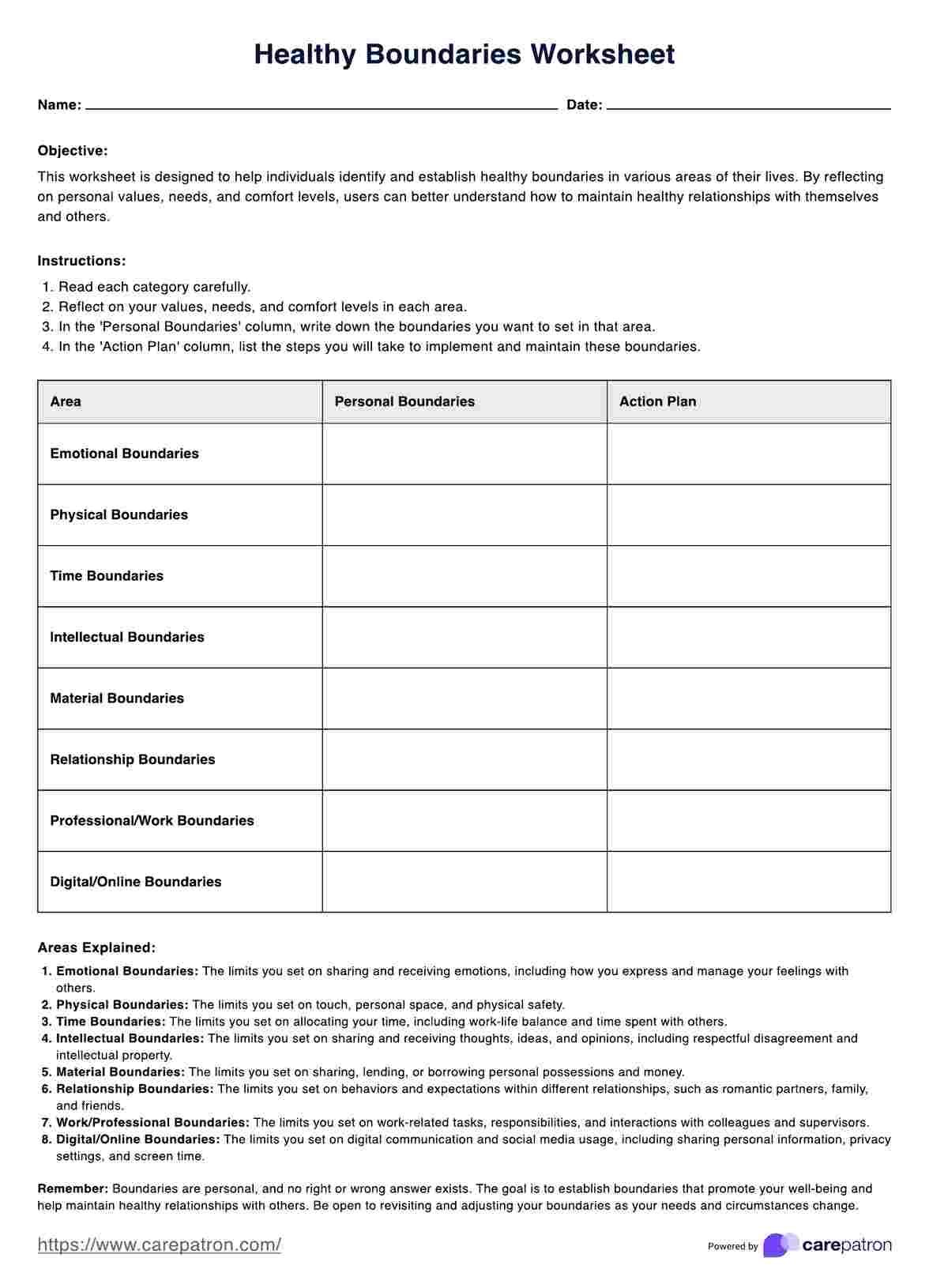
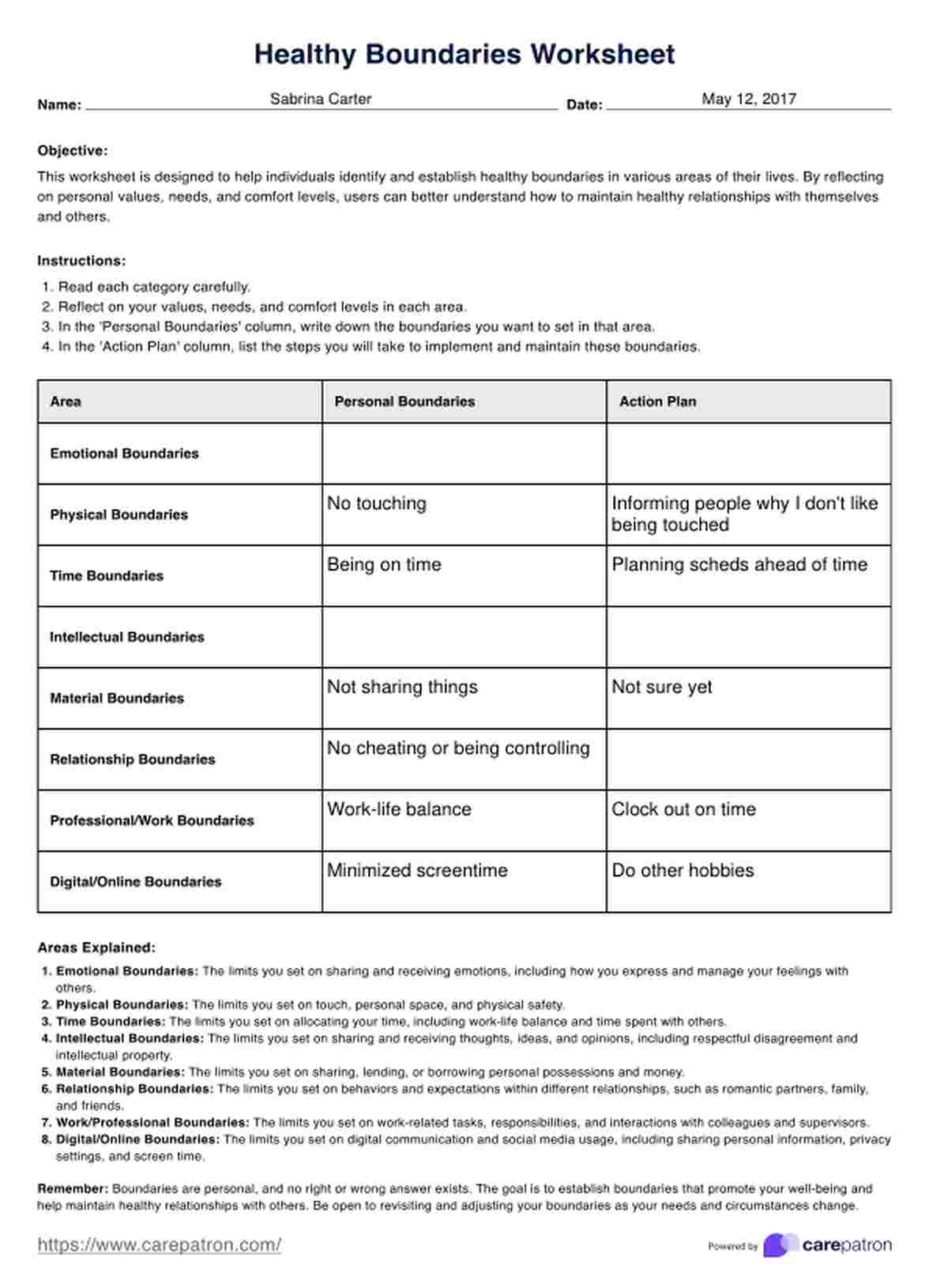

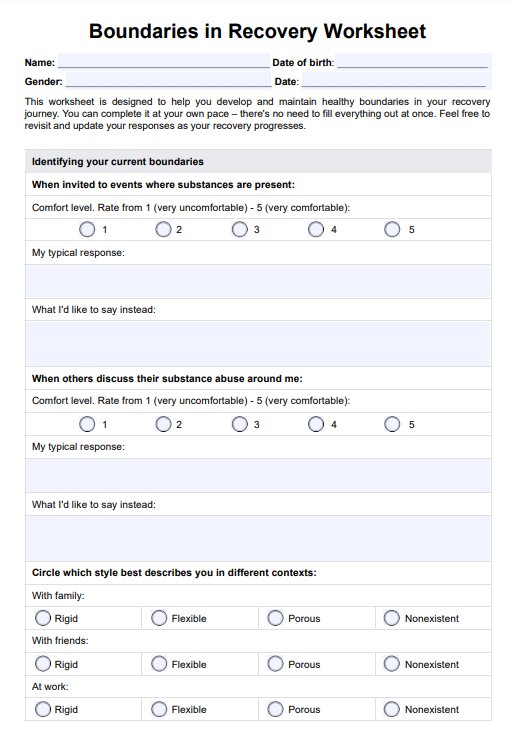
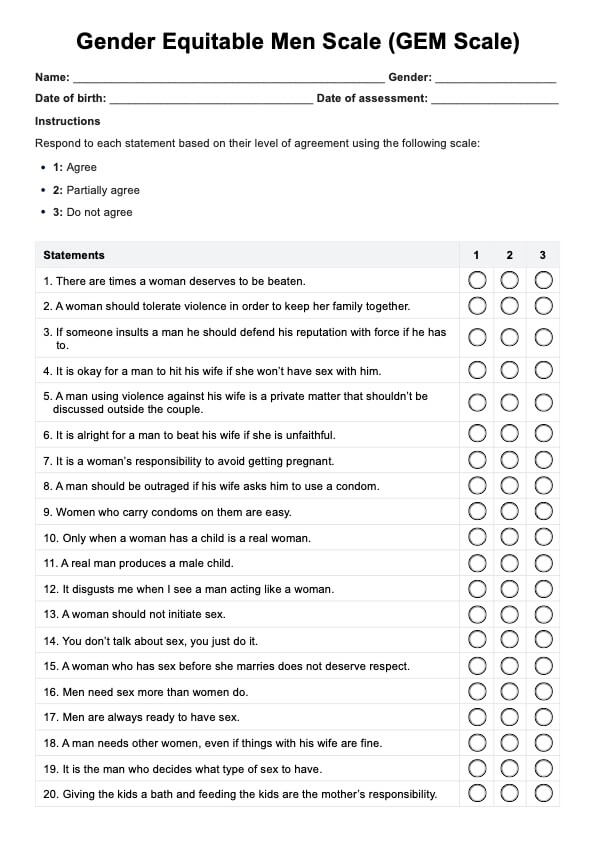

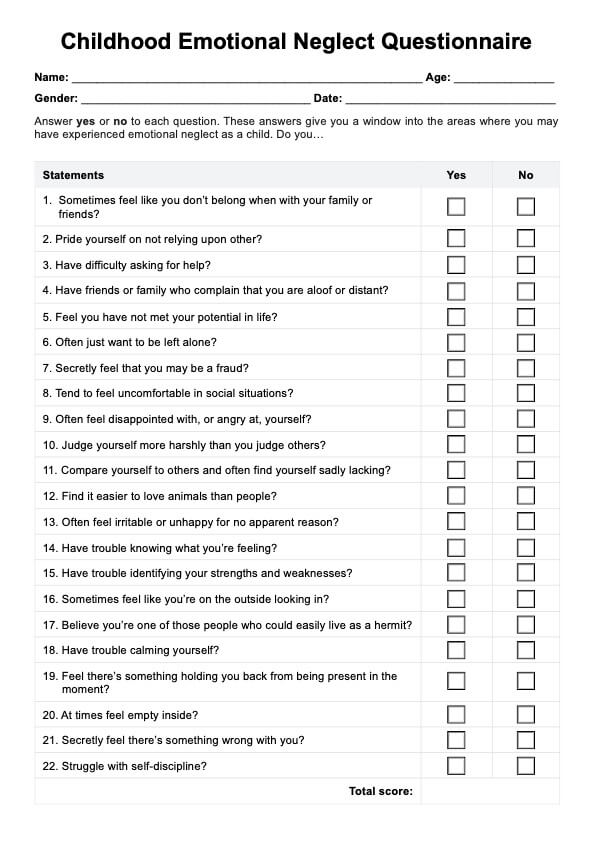









-template.jpg)


